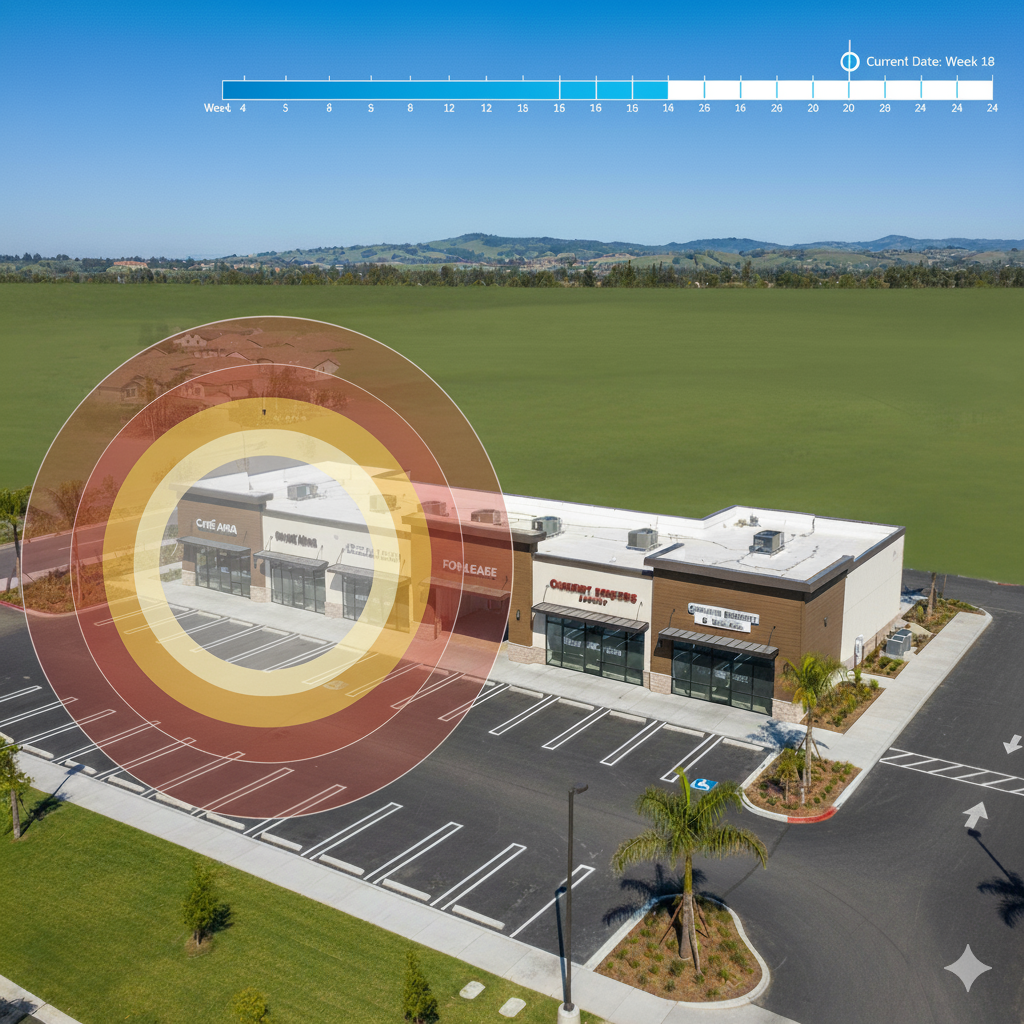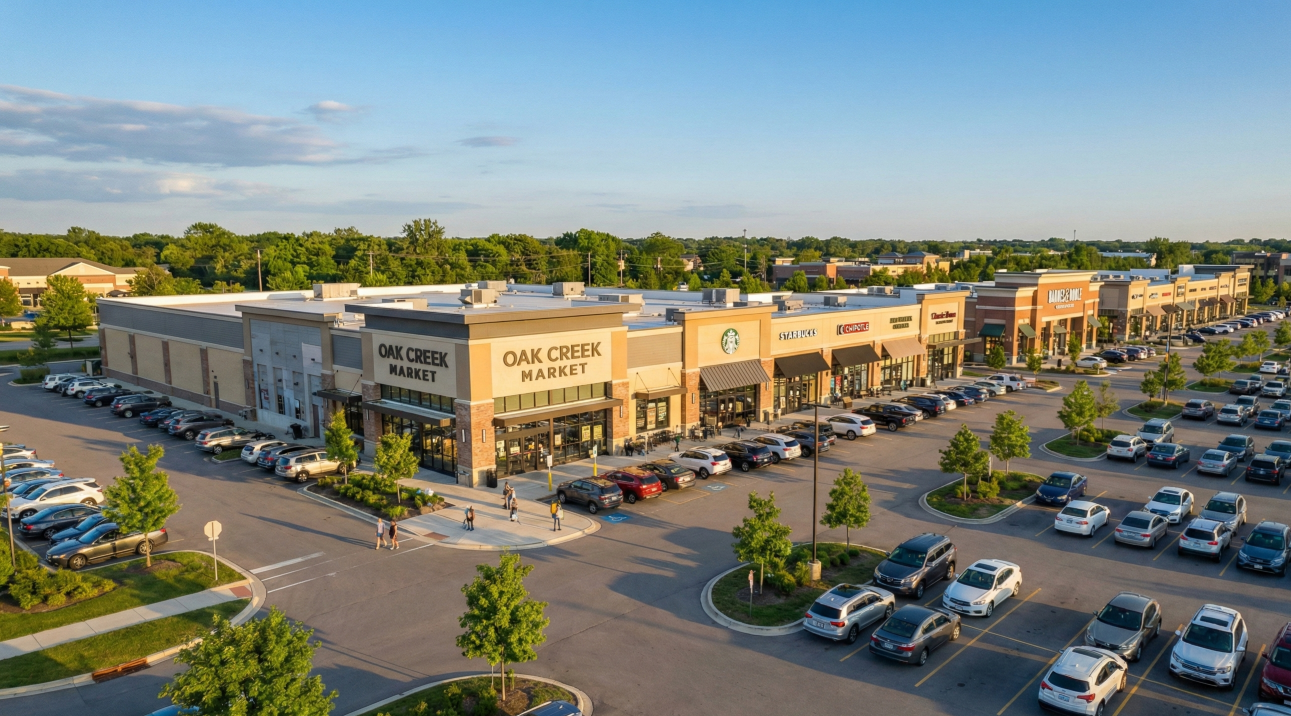The Fast Track to Open: How Smart Process Design Reduces Time-to-Market

Executive Summary
Speed is a strategy, not a shortcut. The brands that open first capture demand and mindshare—but sustainable speed comes from earlier, clearer decisions on better information, paired with senior stewardship that keeps momentum. This article outlines practical principles any growth-minded retailer can adopt: clear decision rights, minimum-viable intake, time-boxed validation, pre-LOI alignment, and proactive entitlement pathing. Programs that combine these habits with deeper market insight reduce false starts, negotiate with confidence, and deliver openings closer to plan.
Where Time Really Slips (and How Clarity Closes the Gap)
Misaligned decision rights. When approvals float, reversals pile up.
Principle: Name the decision at each stage and the escalation path. Keep it visible and enforced.
Thin early reads. Superficial intake lets marginal sites linger.
Principle: Require a minimum bar—verified basics plus a feasibility read informed by robust market signals—before advancing.
LOI → Lease drag. Iterations balloon when internal positions aren’t aligned.
Principle: Agree on guardrails (rent, TI, term, kick-outs) and two fallbacks before paper starts.
Entitlement surprises. Unknowns become fire drills.
Principle: Engage officials early with specifics; track permits and inspections with owners and dates.
A Fast-Track Framework
Phase 0 — Readiness
Make the stages explicit (Intake → Validation → LOI → Lease → Permits → Build → Open). Assign one accountable owner per stage. Publish the three to five metrics you’ll actually review monthly.
Phase 1 — Intake (Minimum Viable)
Advance only when the basics are complete: address and size, rent/TI terms, a basic trade-area view, and immediate entitlement considerations. If it’s not complete, it’s not ready.
Phase 2 — Validation (Time-Boxed)
Replace opinions with concise evidence. Produce a one-page recommendation: demand snapshot, competitive context, base/low/high forecast view, and top risks with mitigations. Decide in days—approve, revise, or pause—and document why.
Phase 3 — Deal Architecture (Pre-LOI Alignment)
Align internally on positions and fallbacks so negotiations don’t rewrite strategy mid-flight. Outwardly, emphasize outcomes and certainty, not mechanics.
Phase 4 — Approvals & Paper
Keep momentum with consistent decision materials and disciplined turns. Require executive sign-off for late reversals to protect timelines.
Phase 5 — Entitlement Pathing
Lead with specifics and workable mitigations. Calibrate drawings to local submission standards early to avoid avoidable resubmittals.
Phase 6 — Close → Build → Open
Hold a visible critical path. Run a short, weekly cross-functional check focused on blockers, dates, and owners. Capture variances so the next deal is faster by design.
The Role of Research (Substance That Speeds Decisions)
The fastest programs put stronger information in the room earlier. Richer market signals—mobility patterns, spend dynamics, competitive interplay, and credible forecast ranges—help high-conviction sites rise and marginal ones exit quickly. This isn’t about sharing methods; it’s about raising the standard for what constitutes a “ready” decision.
Metrics That Matter (Choose Three and Use Them)
- Cycle time: ID→LOI, LOI→Lease, Lease→Open (trend medians).
- Quality: Forecast variance at 90/180 days post-open (directionality + learnings).
- Process health: Redline iterations, first-pass approvals, entitlement variance.
What “Winning Fast” Looks Like
- High-conviction sites surface earlier; marginal ones exit sooner.
- Negotiations compress because facts create gravity.
- Entitlements focus on solutions, not discovery.
- Openings land closer to plan—repeatably.
Deal Execution by CRE 360
We make speed reliable.
- Insight-led decisions. Senior practitioners synthesize market signals to increase conviction early and reduce false starts.
- Orchestrated progress. One accountable lead aligns stakeholders, anticipates issues, and sustains momentum from first interest to open.
- Risk, managed in the open. Real constraints surface early; paths are chosen for both speed and durability.
Request a Fast-Track Deal Review. We’ll map your current path to open, look for the biggest time thieves, and outline where senior stewardship and deeper insight will compress time-to-market most.
Ready to Elevate Your Strategy?
Schedule a consultation today to discuss your project and see how we can help you achieve your goals.
Stay Updated with CRE 360
Get the latest insights and updates from CRE 360 in your inbox.




